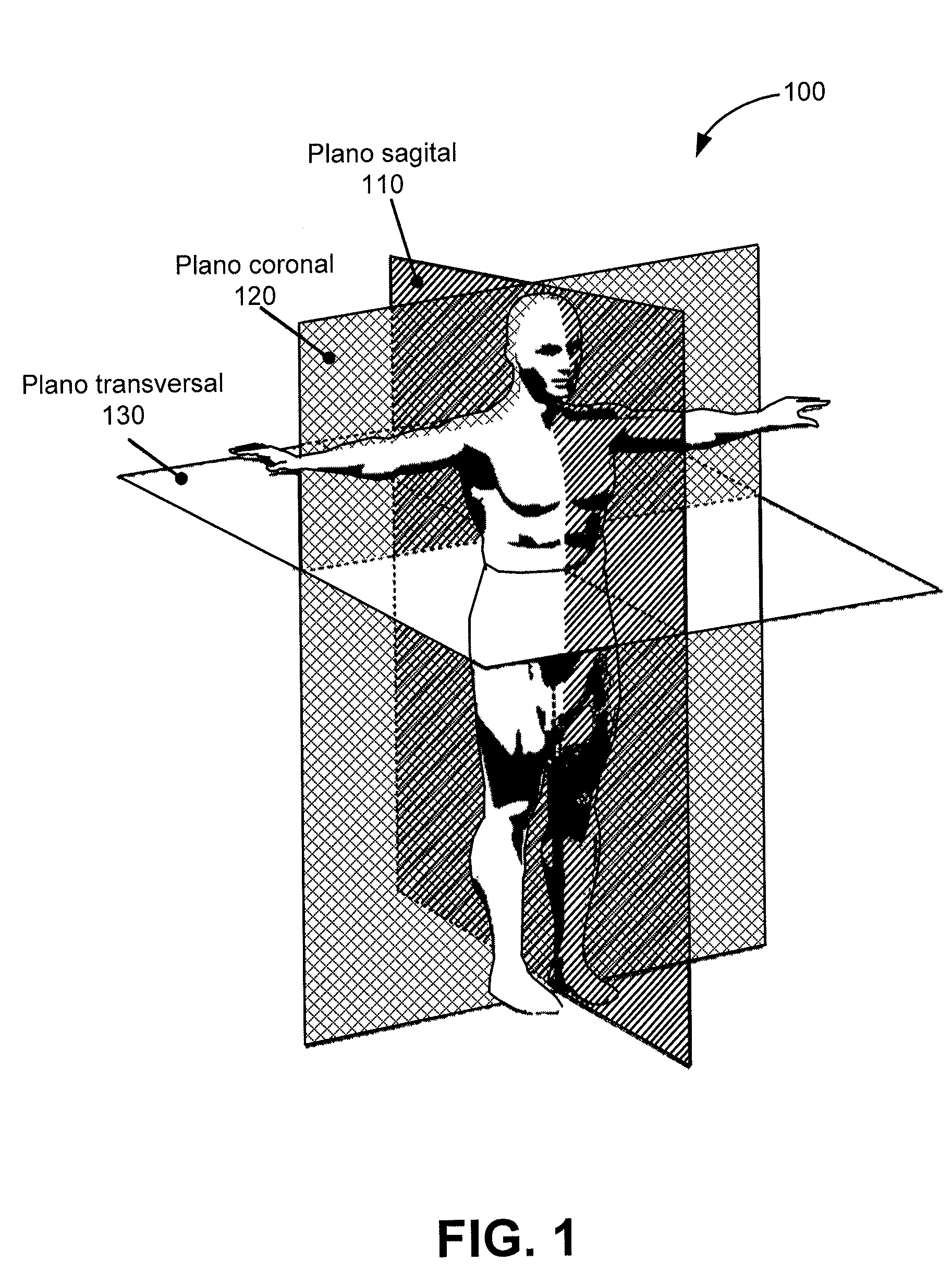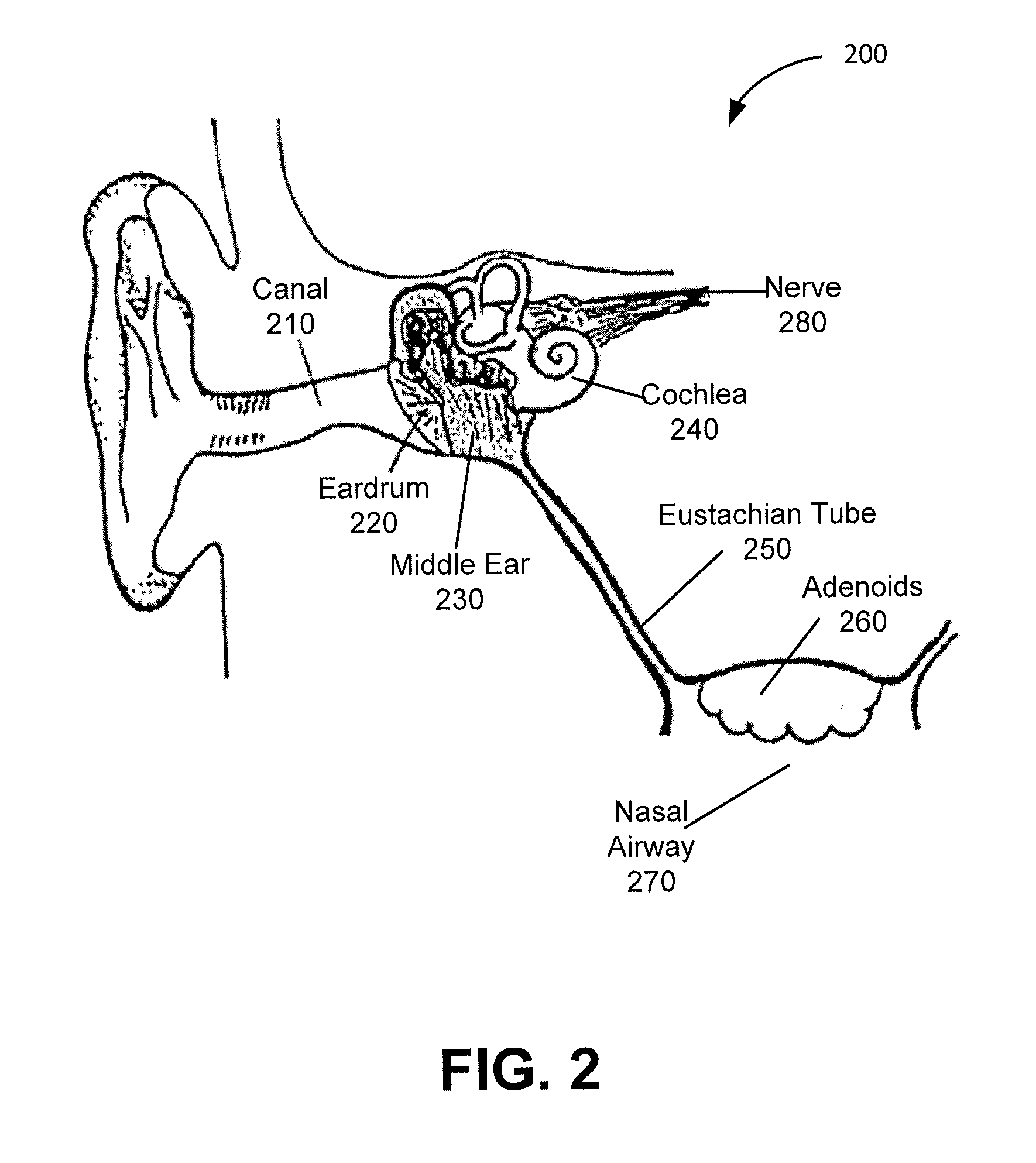Methods and apparatuses for increasing mucociliary clearance
a mucociliary and ciliary technology, applied in the field of increasing mucociliary clearance, can solve the problems of permanent cellular damage, no therapeutics directly restore mcc, accumulation of mucus and eventually infection, etc., and achieve the effect of increasing mcc and increasing mucociliary clearan
- Summary
- Abstract
- Description
- Claims
- Application Information
AI Technical Summary
Benefits of technology
Problems solved by technology
Method used
Image
Examples
example 1
[0138]Previous in vitro studies have demonstrated that oscillatory mechanical shear stress on the airway epithelium induced by normal breathing significantly increases luminal ATP release, airway surface height and cilia beat frequency. Normal breathing has a frequency of about 28 cycles per minute (CPM), 14 breaths in and 14 breaths out. There are several existing devices that use the principle of oscillating shear stress at frequencies significantly higher than breathing, i.e., 8-30 Hz or 480-1800 CPM to facilitate mucus clearance. The present study was conducted in accordance with the methods of the invention where of oscillating shear stress at frequencies of 70 and 140 CPM were applied to human airway cultures. This study evaluated the effect on ATP, airway surface liquid height, and cilia beat frequency compared to 28 CPM (i.e., breathing rate). ATP concentration, airway surface liquid height, and cilia beat frequencies were all found to be significantly higher when cells were...
example 2
[0168]The mucociliary clearance system consists of three components: mucin secretion; an ion transport mechanism to maintain airway hydration; and synchronous cilia activity. In vitro studies have shown that oscillating shear stress on the airway epithelium stimulates the release of luminal adenosine triphosphate, which, via purinoceptors, induces increases in airway hydration and cilia beat frequency. Current mucus clearance devices utilize oscillating shear stress at very high frequencies of 8-30 Hz. This example demonstrates that using oscillating motion at much lower frequencies of about 1-3 Hz (e.g., 60-200 CPM) are effective in improving mucociliary clearance. This was demonstrated when an exemplary apparatus was used to apply external oscillating motion to induce oscillating shear stress in the upper respiratory tract of individuals with otitis media. The oscillating shear stress at much lower frequencies of about 60-200 CPM increased MCC sufficiently to cause the Eustachian ...
PUM
 Login to View More
Login to View More Abstract
Description
Claims
Application Information
 Login to View More
Login to View More - R&D
- Intellectual Property
- Life Sciences
- Materials
- Tech Scout
- Unparalleled Data Quality
- Higher Quality Content
- 60% Fewer Hallucinations
Browse by: Latest US Patents, China's latest patents, Technical Efficacy Thesaurus, Application Domain, Technology Topic, Popular Technical Reports.
© 2025 PatSnap. All rights reserved.Legal|Privacy policy|Modern Slavery Act Transparency Statement|Sitemap|About US| Contact US: help@patsnap.com



